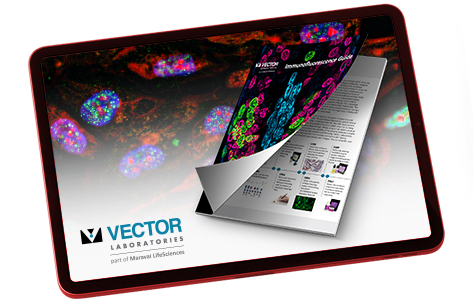A Guide to Immunofluorescence Staining
How to optimize immunofluorescence staining for best results.
Immunofluorescence (IF) uses fluorophore-conjugated antibodies to visualize proteins expressed within tissue sections or cell preparations. It is a powerful tool for exploring protein-protein interactions, characterizing cellular behavior, identifying cell types and subtypes, and evaluating systemic responses. Researchers use IF in a wide variety of applications, but the technique is particularly useful for immunologists and oncologists looking to better understand immune responses and oncogenesis, respectively.
In IF, fluorophore-conjugated detection antibodies bind targeted antigens of interest and are visualized using fluorescent microscopy. With careful planning, researchers can probe and investigate multiple markers simultaneously. It is important that the signals from each fluorophore are clearly distinguished from each other and that autofluorescence—a signal emitted by elements within the sample or by reagents such as fixatives—does not confound signal intensity.
Download this guide from Vector Laboratories to learn how to get the most out of IF staining, including
- How to choose fluorophores and whether to use direct or indirect detection
- The importance of mounting media for signal preservation
- The importance of quenching unwanted autofluorescence


